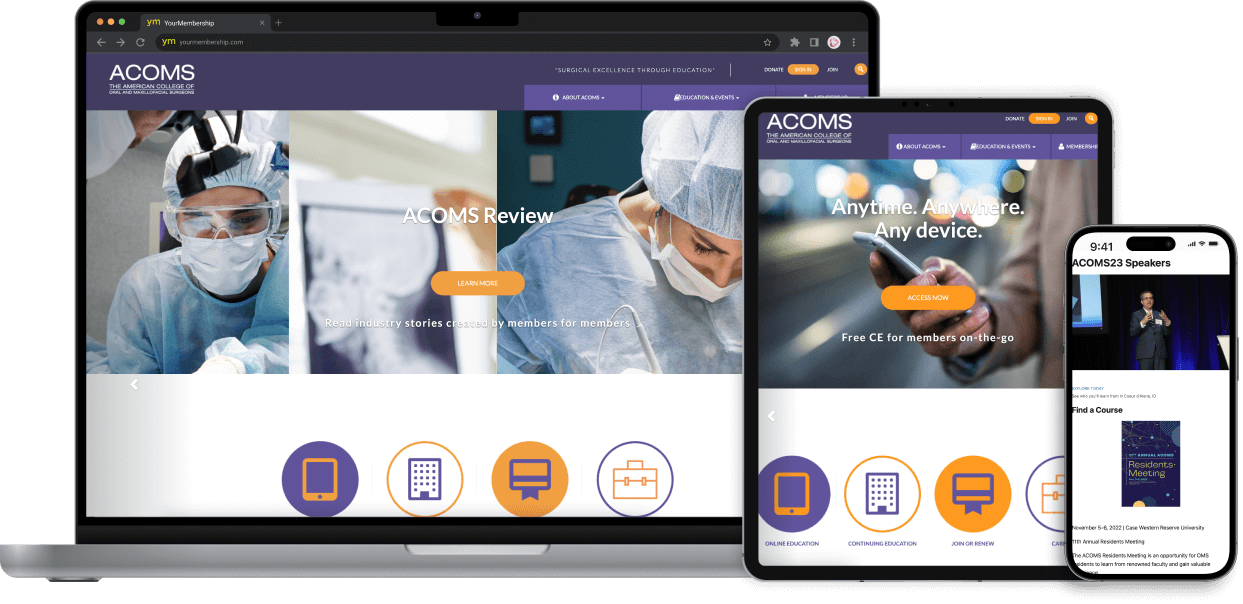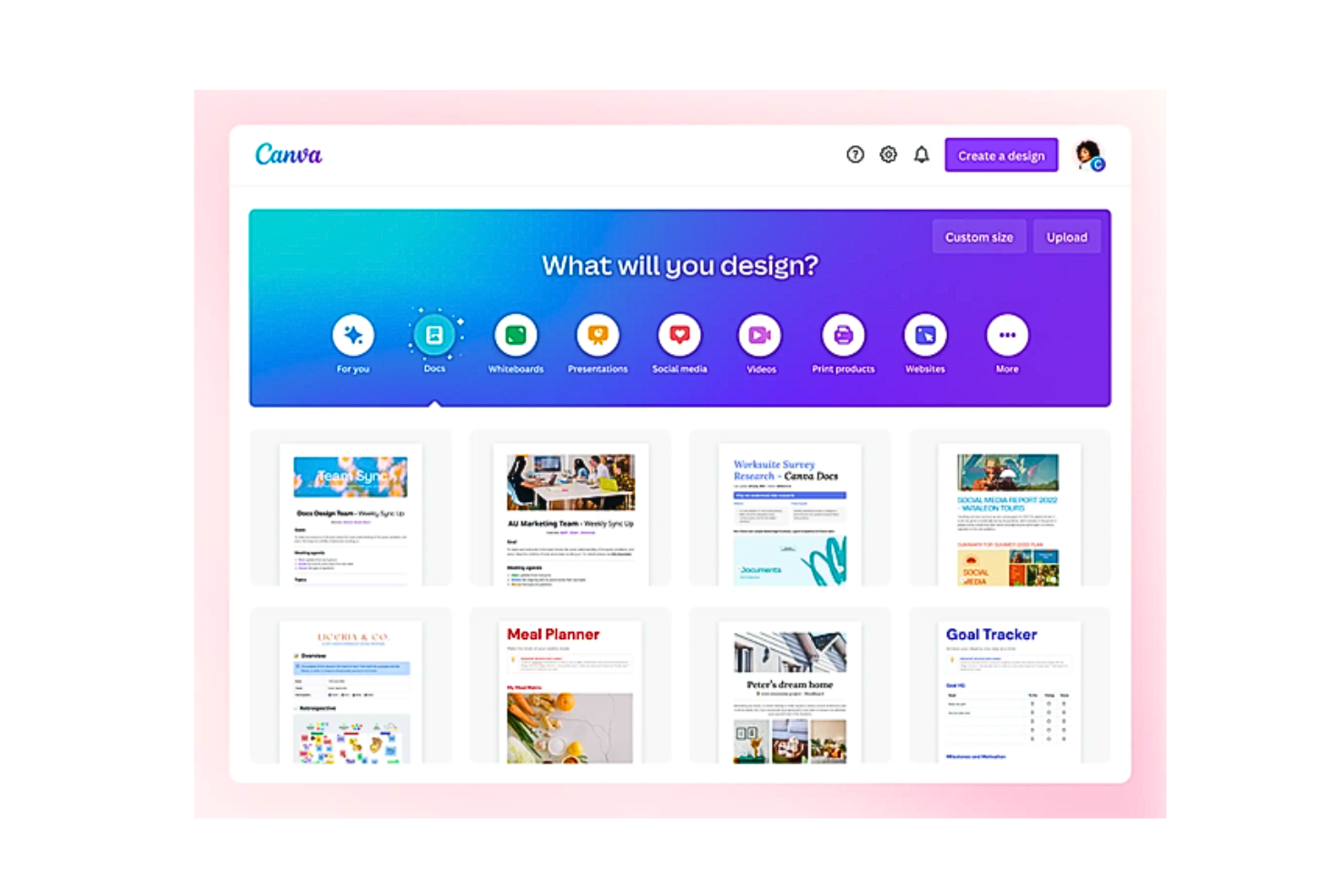Comprehending the Function of Responsive Style in Modern Site Advancement
In today's digital landscape, receptive layout is no longer a deluxe but a need in internet site advancement. The significance of receptive style expands beyond user experience-- it is also an important factor in search engine optimization and ease of access.
Relevance of Responsive Style
In today's electronic landscape, the importance of responsive style in website growth can not be overstated. As consumers increasingly rely upon a selection of devices-- varying from desktop to tablet computers and smartphones-- making sure a seamless customer experience throughout all platforms has ended up being essential. Receptive design enables sites to instantly adjust their design and capability based upon the display size and orientation of the device being made use of. This adaptability improves individual engagement and contentment by providing constant access to content without needing hand-operated modifications such as scrolling or zooming.
Furthermore, receptive layout is essential for seo (SEO) Internet search engine like Google prioritize mobile-friendly web sites in their search engine result, indicating that a receptive style can considerably affect a site's exposure and position. This optimization not only boosts the individual experience yet additionally drives natural website traffic and raises the possibility for conversion and profits generation.
In addition, receptive design offers businesses an economical service by getting rid of the requirement for several versions of an internet site. By simplifying internet growth procedures and lowering maintenance initiatives, companies can designate resources extra efficiently, ultimately causing improved roi. Thus, responsive design is important in today's affordable digital environment.
Crucial Element of Responsive Layout
To effectively carry out receptive style, it is important to focus on a number of essential elements that make sure ideal functionality and user experience across varied devices. Among the fundamental elements is the adaptable grid layout, which enables developers to produce fluid grids that instantly get used to different display dimensions. This ensures that web content keeps symmetry and readability, no matter the tool being made use of.

In addition, touch-friendly navigating is indispensable for receptive style. Applying easily tappable buttons and user-friendly motion controls boosts functionality on touchscreen gadgets. Prioritizing efficiency optimization is likewise critical, as it improves loading times and lowers bounce rates, particularly on mobile networks with variable speed.
Finally, utilizing a mobile-first approach ensures that the style is initially optimized for smaller sized screens before increasing to accommodate desktop computers. This approach assures that vital capability and aesthetics are protected across all systems, inevitably improving the overall individual experience.
Influence On Customer Involvement
Receptive design dramatically affects customer engagement by boosting accessibility and complete satisfaction Visit Website throughout various tools (Website Design). By making certain that a web site's design adapts perfectly to various display sizes, receptive style enables customers to gain access to web content effortlessly, whether they are utilizing a desktop, tablet, or smartphone.
Furthermore, responsive design adds to quicker page loading times, which is crucial for maintaining customer interest. Individuals are more inclined to desert a site if it takes too lengthy to tons, particularly on mobile phones. By optimizing performance for varied systems, responsive style minimizes packing hold-ups, maintaining individuals engaged and decreasing bounce rates.
Search Engine Optimization Advantages of Responsive Layout
While enhancing user experience is a main objective, responsive design likewise plays a critical duty in boosting a web site's seo (SEO) Online search engine, significantly Google, focus on mobile-friendly websites, therefore awarding those that provide smooth experiences across devices. Responsive design makes sure that a site adapts to various screen sizes, getting rid of the need for different mobile and desktop computer variations. This flexibility not just enhances customer experience however also minimizes the threat of replicate content, which can adversely impact SEO positions.
In addition, responsive design help in faster web page loading times, a critical factor in SEO. Search engines useful source favor internet sites that pack swiftly, identifying that users are most likely to desert websites that take too long to display. By employing receptive style, programmers can enhance and maximize photos content, ensuring efficient packing and enhanced internet search engine rankings.
Additionally, a cohesive link framework across tools streamlines the indexing process for search engines, boosting crawl efficiency. This uniformity in Links enhances an internet site's authority and reputation, causing improved exposure in search results page. In recap, receptive design is not merely a fad however a fundamental part of search engine optimization strategy, making certain internet sites are both user-friendly and search engine compatible.
Implementing Receptive Layout Approaches
In the world of modern web advancement, carrying out responsive design strategies is akin to crafting a flexible canvas that changes seamlessly to numerous screen measurements. One more essential method involves employing media questions, which make it possible for programmers to use different styles based on the qualities of the gadget, such as width, height, and resolution.
Receptive pictures and media are also crucial elements. By using strategies like CSS media queries and the HTML 'image' element, designers can offer suitably sized images based on the individual's device, optimizing tons times and enhancing individual experience. Additionally, the consolidation of liquid typography guarantees that text is readable and aesthetically pleasing on any type of screen, attained with scalable units like 'rapid eye movement' and 'em'.

Conclusion
Receptive design comprises a necessary element of modern web site advancement, considerably boosting customer experience throughout a range of gadgets. By including flexible formats, scalable photos, and touch-friendly navigating, it enhances individual engagement and enhances site performance. Receptive layout is essential for Search engine optimization, as it aligns with search engines' choice for mobile-friendly websites, thereby enhancing exposure and natural web traffic. Inevitably, executing receptive layout techniques ensures improved accessibility and functionality, rendering web sites a lot more reliable and user-centric.
To properly carry click to read more out responsive design, it is necessary to concentrate on numerous vital aspects that guarantee optimal performance and individual experience throughout diverse gadgets.Responsive layout considerably influences customer engagement by enhancing ease of access and contentment throughout different gadgets. By ensuring that a website's layout adapts flawlessly to different display sizes, responsive design allows customers to accessibility material easily, whether they are utilizing a tablet, mobile phone, or desktop .While enhancing individual experience is a key goal, responsive layout likewise plays a crucial duty in improving a web site's search engine optimization (SEO)Receptive design constitutes a necessary aspect of contemporary web site development, significantly improving user experience across a variety of tools.